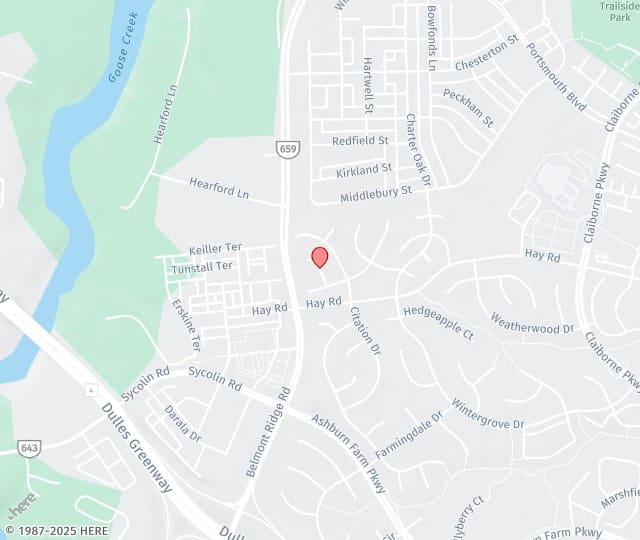Chemical peels are a skin resurfacing treatment that removes surface skin cells to treat fine lines, wrinkles, scars, spots and discolorations, and sun damage.
The purpose of a chemical peel is to make room for the growth of healthy new skin cells for a smoother and younger looking appearance. Like any aesthetic treatment, chemical peels work better on certain skin types than others and may not be the best option for all skin types.
At Ashburn Laser and Skincare MedSpa, board-certified physician Nasrin Ejtemaee, MD, and our team of skin care specialists and estheticians offer a range of dermatology and aesthetic treatments at our office in Ashburn, Virginia.
What you need to know about chemical peels
As the name suggests, a chemical peel involves applying a chemical solution to your face to remove damaged skin cells and stimulate a fresher, younger looking complexion.
Think of a chemical peel as radical exfoliation. When the dull, damaged surface layer of your skin is removed, new healthier cells grow in its place.
There are different types of chemical peels that use different types of acids. Some acids are stronger than others, so you need to understand the differences and choose a treatment that works best for your skin type and issues.
Best chemical peel if you have sensitive skin
When you have sensitive skin, certain types of products and treatments can do more harm than good. If the ingredients are too harsh for your skin type, the peel can cause irritation and other side effects.
Alpha hydroxy acid (AHA) chemical peels only penetrate the top layer of the skin (some go deeper), so it’s a fairly mild chemical peel ideally suited for people with sensitive skin or concerns about how strong a chemical peel might be.
Medium to strong chemical peels
Some chemical peels penetrate deeper than the surface layer of the skin for more intensive exfoliation and more dramatic results.
Glycolic acid and trichloroacetic acid peels are stronger than AHA, so you may have a longer recovery period and experience more pronounced redness and temporary irritation while your skin recovers.
Our team cleanses your skin and may apply a topical analgesic and antibiotic ointment to keep you comfortable during your chemical peel.
What to expect after your chemical peel
Even with a mild chemical peel, you should anticipate some redness and possible puffiness immediately after your treatment, so it’s best to give yourself at least a week or longer to recover if you have an event or public engagement.
With stronger chemical peels, you may also need bandaging to protect your skin as your skin cells rejuvenate.
We work with you to help you choose the best treatment for your skin type and beauty goals.
To learn more about chemical peels and the other aesthetic treatments available at our office in Ashburn, Virginia, call us today for more information and to schedule an appointment, or request an appointment through our online system.


